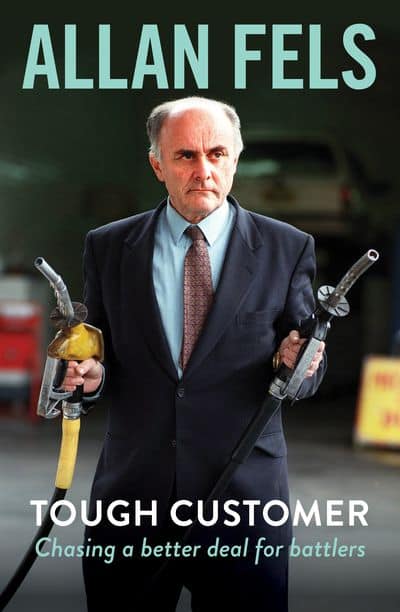
This past week most media have been reflecting on the last twelve months or the decade. There are two ways of applying this practice to the SafetyAtWorkBlog – statistics and most-read. Let’s look at statistics first.
This year the SafetyAtWorkBlog posted 225 articles, not including this one, with an average word count of 1,030 words – the equivalent of a 230,000 word book on occupational health and safety (OHS). For those Annual subscribers that equates to just over $1.00 per article which I think is a pretty good return.
Continue reading “Most-read OHS articles in 2019”




